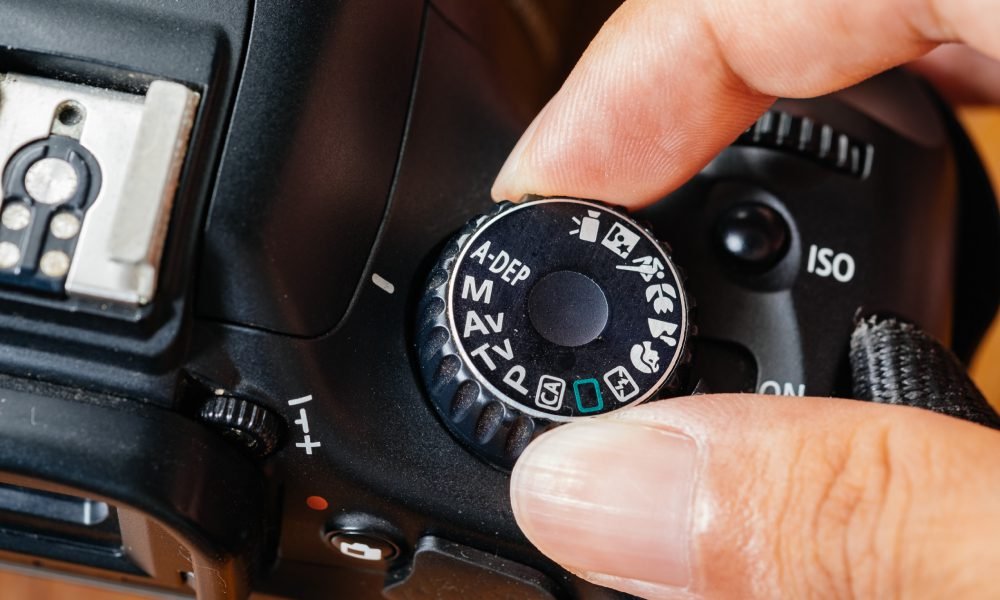Are you a budding photographer or videographer looking to improve your skills? One essential adjustment to master is ISO sensitivity. Here, we will help you understand your camera’s ISO sensitivity so you can maximize its impact on your photography or videography projects.
What Is ISO Sensitivity?
ISO sensitivity refers to the sensitivity of your camera’s sensor to light. Essentially, a higher ISO setting makes the camera’s sensor more receptive to light, while a lower ISO setting reduces the sensor’s responsiveness to light.
Different ISO Settings
The range of ISO settings cameras offer varies depending on the make and model. Generally, ISO sensitivity ranges from 100 (low) to 12,800 (high), with some cameras even reaching 51,200 and beyond.
ISO Sensitivity in Different Lighting Conditions
So how do you know when to choose which ISO setting on your camera? When shooting in a brightly lit outdoor environment, a lower ISO setting (100–400) is ideal. For instance, if you’re shooting videos in direct sunlight, lowering your ISO is necessary to restrict the amount of light your camera absorbs. Otherwise, your footage will appear washed out. For moderately lit indoor environments, an ISO range of 800–1600 should suffice. Finally, if you find yourself working in dimly lit spaces, an ISO setting of 3200–6400 (or higher) may be necessary to produce adequately exposed images.
Noise and Image Quality
While increasing the ISO allows more light to enter the camera, it also amplifies any potentially undesirable elements—namely, noise. To maintain image quality, you may have to introduce more light into your setting to avoid needing an incredibly high ISO. For example, if you’re shooting in a dark restaurant, play around with candles and ambient lighting to maintain the mood of your shot while giving your camera more light to work with.
Understanding your camera’s ISO sensitivity is crucial for developing your skills as a photographer or videographer. Now, you know how to set your ISO appropriately and upgrade the quality of your shots with adjustments.
